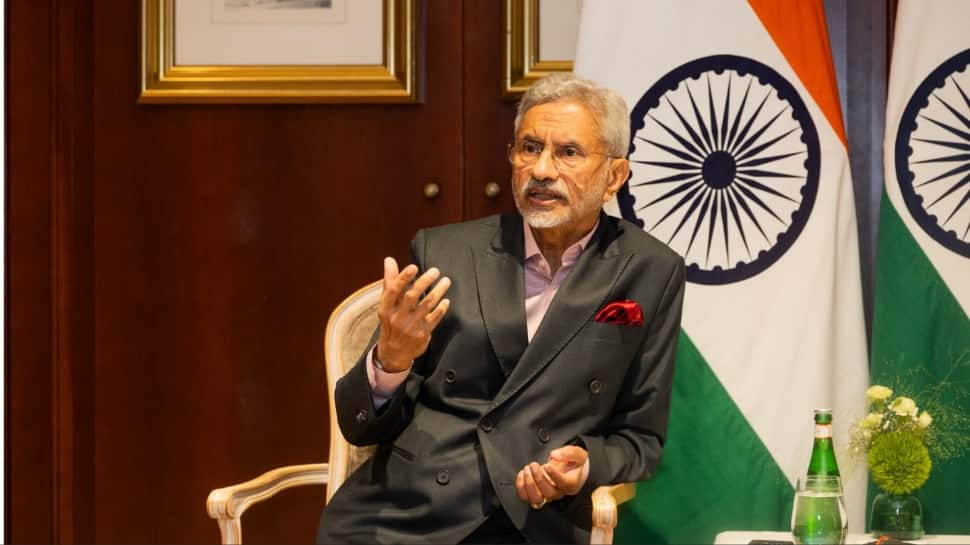The Country That Survived 450 Nuclear Blasts – And Still Lives With The Fallout | World News

New Delhi: Long before Iran’s uranium enrichment or Israel’s airstrikes drew the world’s attention, a tragedy was already unfolding in the heart of Central Asia – one that left a deep scar across generations, hidden under decades of radioactive dust.
Between 1949 and 1989, the Soviet Union carried out more than 450 nuclear tests in Kazakhstan, transforming an area called Semipalatinsk into one of the most irradiated places on Earth. It was not a battlefield. No war was fought. And yet, entire villages were wiped out – not by bombs, but by their aftershocks.
Code named as “The Polygon”, the test site covered nearly 7,000 square miles. What made it unique was its size and purpose. Scientists used it to measure the effects of nuclear blasts, sometimes using live human populations as unwilling test subjects. One blast was so powerful it carved out an entire lake. Today it is called “Atomic Lake”.
At the time, people living nearby were never told what was happening. No warnings, no evacuations. Villages just outside the blast zone continued with their daily lives as mushroom clouds rose in the distance. Only in the 1980s did the full truth begin to surface.
The toll was devastating. Cancer became common in every family. Children were born with severe birth defects. Rates of heart disease, infertility and suicide surged. The health effects did not fade over time. They got worse. Decades later, hospitals in the region remain overburdened, and radiation continues to claim lives in silence.
A special ID called the “radiation passport” was issued to thousands who were officially recognised as exposed. But the monthly compensation barely enough for a basic medicine reflected the state’s reluctance to acknowledge the full scale of damage. Survivors say the aid feels like an insult.
One town near the test site was different. Kurchatov, known then as Semipalatinsk-21, was built exclusively for Soviet scientists, military personnel and government officials. Supplies came in directly from Moscow. Nuclear tests were scheduled to avoid wind drifting toward the town.
Just miles away, rural Kazakh communities were left to fend for themselves in poisoned soil and air. Even today, some locals fish in Atomic Lake, unaware that the radiation in the water has settled but not vanished. Experts warn that radioactive elements still lie buried underground and will continue to seep into the ecosystem for centuries.
Kazakhstan’s nuclear legacy remains one of the darkest, yet most overlooked, chapters of the Cold War. While the world debates deterrence and power, a generation continues to live with the aftermath of weapons they never asked for.
What unfolded in Semipalatinsk was not a war. It left behind casualties. Generations born into trauma. Silence mistaken for peace. And a country still picking up the pieces from explosions that ended long ago but never really stopped.





